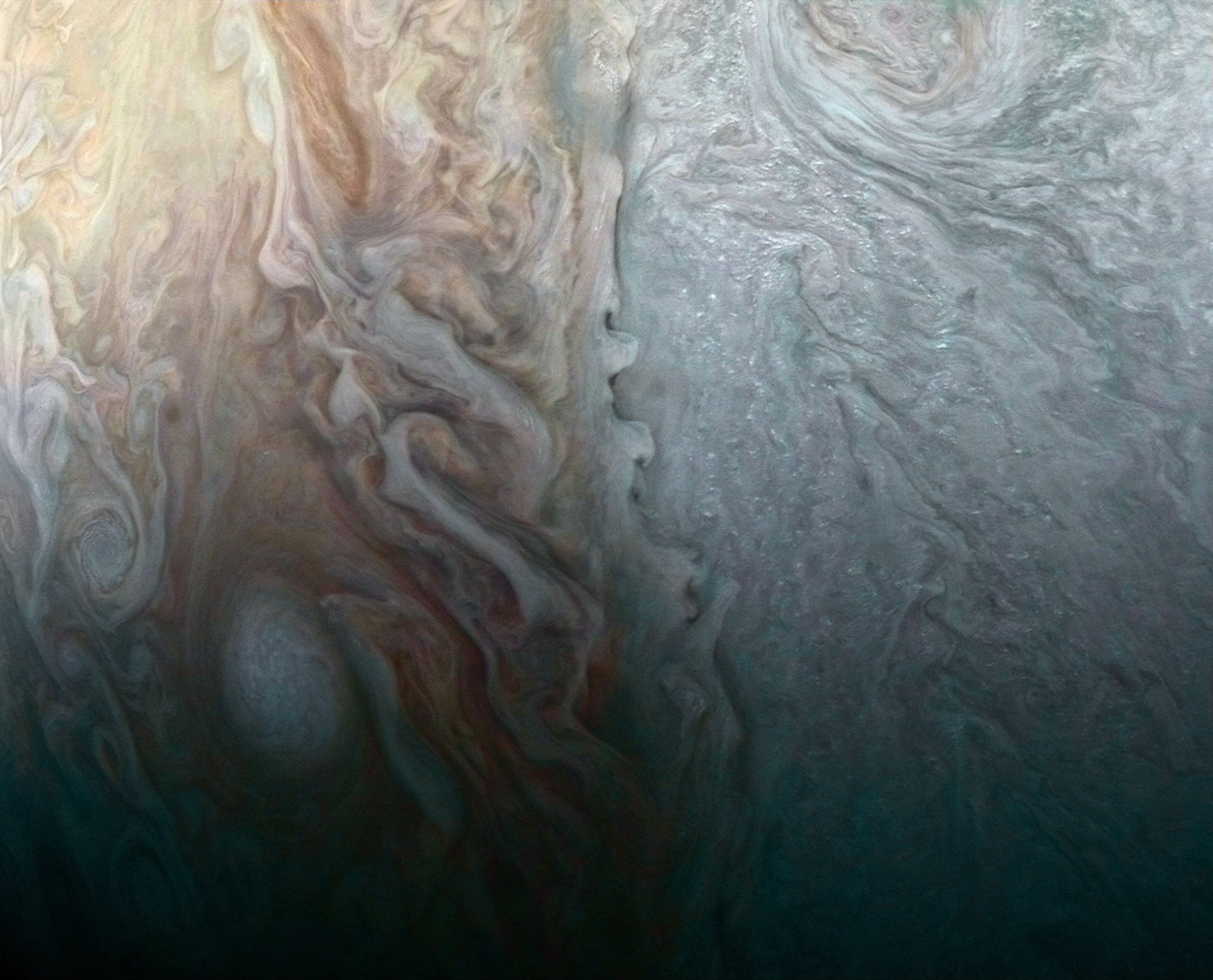Scientists detect helium on planet outside our solar system for the first time

Your support helps us to tell the story
From reproductive rights to climate change to Big Tech, The Independent is on the ground when the story is developing. Whether it's investigating the financials of Elon Musk's pro-Trump PAC or producing our latest documentary, 'The A Word', which shines a light on the American women fighting for reproductive rights, we know how important it is to parse out the facts from the messaging.
At such a critical moment in US history, we need reporters on the ground. Your donation allows us to keep sending journalists to speak to both sides of the story.
The Independent is trusted by Americans across the entire political spectrum. And unlike many other quality news outlets, we choose not to lock Americans out of our reporting and analysis with paywalls. We believe quality journalism should be available to everyone, paid for by those who can afford it.
Your support makes all the difference.Scientists have found an exoplanet with its own helium atmosphere for the first time.
The huge breakthrough marks a major step forwards in our understanding of the makeup of other planets. And it could eventually help us learn even more about them: understanding the atmosphere on planets far from our own, and eventually working out what life might be like there, or if they could host aliens.
The new finding comes after a team of researchers spotted evidence of the gas on a huge super-Neptune far away from our own solar system. The planet – named WASP-107b and found 200 light years away in the constellation Virgo – is a breakthrough that confirms many of scientists’ predictions about planets elsewhere in space.
They spotted such a strong signal coming from the planet that they think its atmosphere extends many tens of thousands of kilometres up into space.
Helium is the second most common element in the universe. Scientists long expected it would be found on planets elsewhere in the universe, as it is in gas giants Saturn and Jupiter in our own neighbourhood.
But the discovery is the first time it has actually been spotted elsewhere. And it was done using a technique that could help us understand much more about the planets that surround us.
With time, it could help us see the atmosphere of planets far deeper into the universe than those we have studied before. It uses infrared light, allowing it to spot planets with such tall atmospheres from a long distance.
“We hope to use this technique with the upcoming James Webb Space Telescope, for example, to learn what kind of planets have large envelopes of hydrogen and helium, and how long planets can hold on to their atmospheres,” said Jessica Spake, part of Exeter’s physics and astronomy department. “By measuring infrared light, we can see further out into space than if we were using ultraviolet light.”
WASP-107b is otherwise a strange planet. It has a very low density – it is a similar size to Jupiter, but has only 12 per cent of its mass – and is relatively cool for an exoplanet but still 500C hotter than Earth.
Join our commenting forum
Join thought-provoking conversations, follow other Independent readers and see their replies
Comments